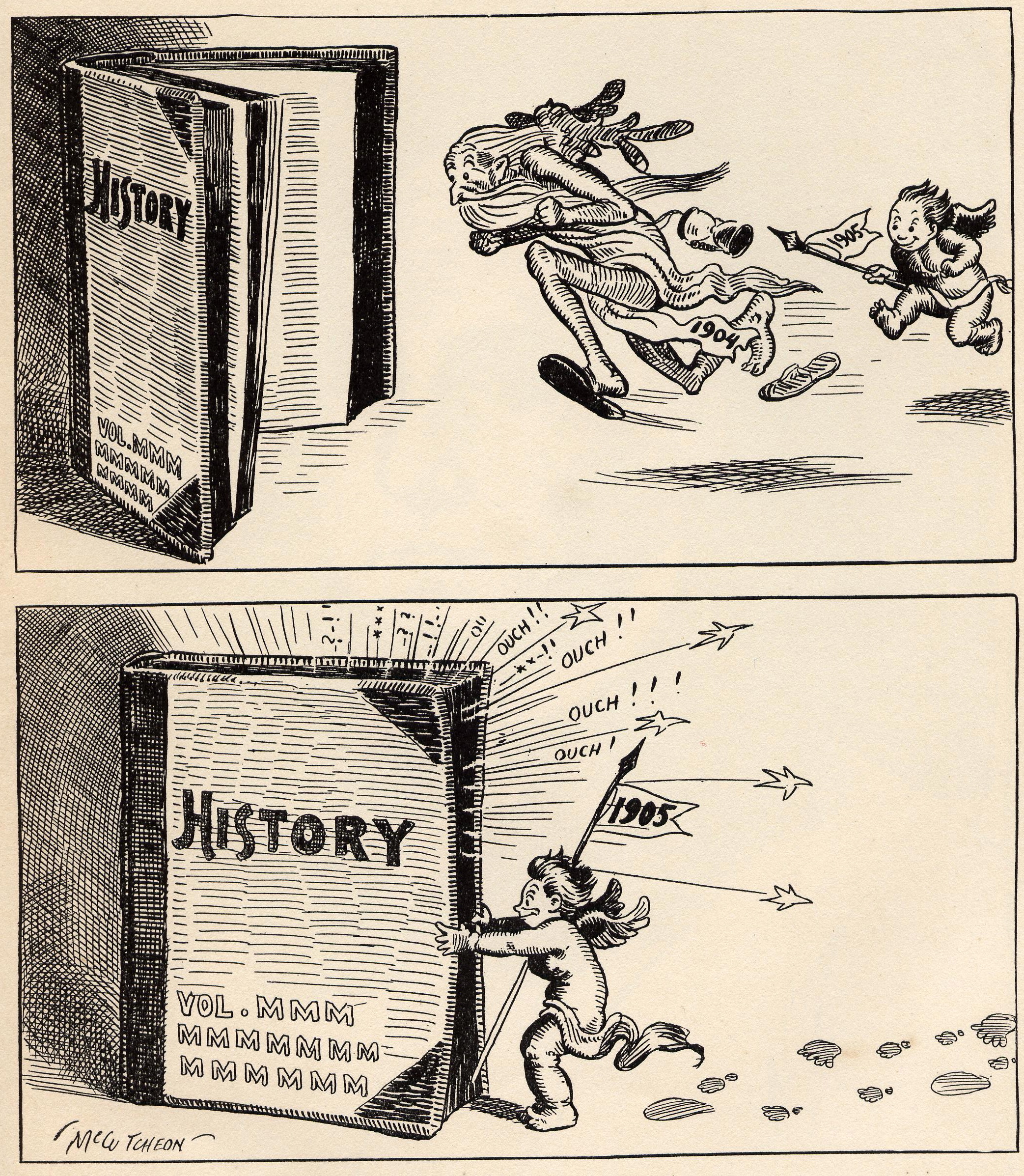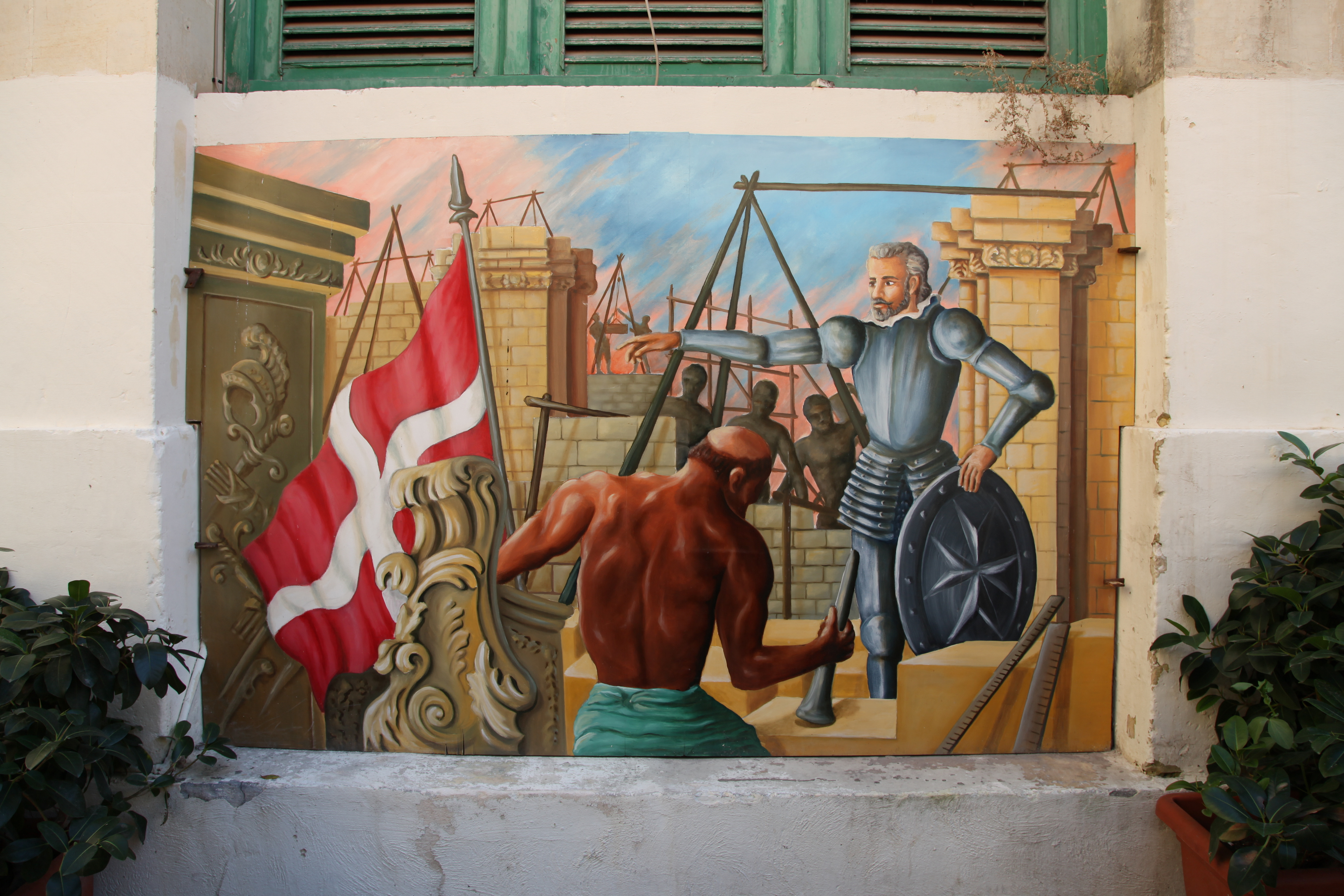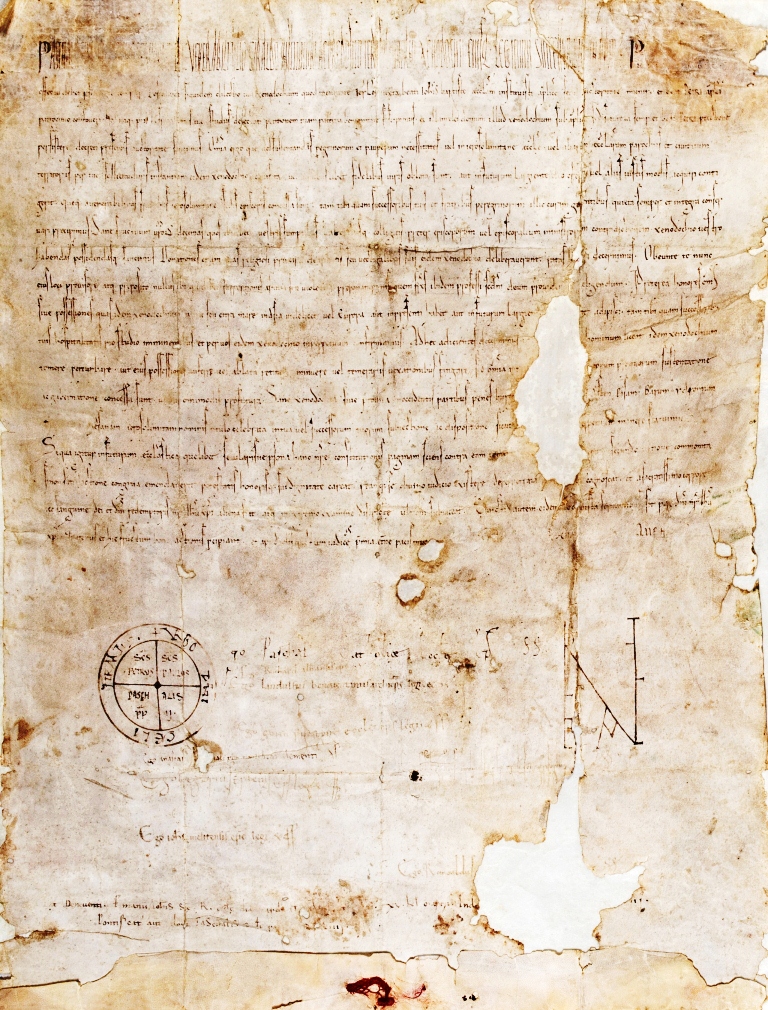|
Francis Bonnici
Francis Bonnici (July 14, 1853 – December 24, 1905) was a Maltese educationist, philanthropist and a minor philosopher. In philosophy he mostly specialised in pedagogy. Life Bonnici was born in Cospicua, Malta, on July 14, 1853. However, when still very young, his family moved to Mqabba. He graduated as Doctor of Theology from the University of Malta in 1872 and was ordained priest in 1876. He taught languages for many years at the bishop’s major seminary at Mdina, and was Rector at the bishop’s minor seminary at Floriana. He was nominated a canon of the bishop’s cathedral chapter in 1882. Throughout the years, Bonnici endeavoured to create institutions of Christian charity. In 1884 he founded a popular educational itinerary mission for children, and in 1888 he began a shelter for homeless boys at Ħamrun, where it also had a small printing press for educational purposes. Bonnici further founded a congregation of Brothers of Charity to keep up his work at the shelter. Mor ... [...More Info...] [...Related Items...] OR: [Wikipedia] [Google] [Baidu] |
Cospicua
Cospicua (Italian language, Italian) or Bormla (Maltese language, Maltese, ), occasionally also known by the Latin language, Latin name Cottonera, is a double-fortified harbour city in the Port Region, Malta, Port Region of Malta. It served as the principal port of Phoenician Malta and, through ancient Greek language, Greek, Latin language, Latin, and Arabic language, Arabic, may have given its name to the island and country. Along with Birgu and Senglea, it is one of the Three Cities (Malta), Three Cities located within the Grand Harbour to the east of the capital city Valletta. With a population of 5,395 as of March 2014, it is the most dense city of the Three Cities. Locals are known for their Cottonera Dialect, Cottonera dialect. Names The ancient Phoenician language, Phoenician name ''Maleth'' meant "refuge" or "port", cognate with Hebrew language, Hebrew ''malat'' (, "escape"). The ancient Greek language, Greek () and Latin language, Latin probably derived from this topon ... [...More Info...] [...Related Items...] OR: [Wikipedia] [Google] [Baidu] |
Floriana
Floriana ( or ''Il-Floriana''), also known by its title Borgo Vilhena, is a Floriana Lines, fortified town in the Port Region, Malta, Port Region area of Malta, just outside the capital city Valletta. It has a population of 2,205 as of March 2014. Floriana is the birthplace of many famous Maltese, amongst which the composer of the national anthem, 'L-Innu Malti', Robert Samut; former Bishop of Malta Dun Mauro Caruana, the poets Oliver Friggieri and Maria Grech Ganado, the writer and politician Herbert Ganado and Swedish Idol winner Kevin Borg. Etymology Floriana is named after Pietro Paolo Floriani, an Italian military engineer who designed the Floriana Lines, the line of fortifications surrounding the town. In Maltese language, Maltese, the town is called ''Il-Floriana'' by the local council. However, it is popularly known as ''Il-Furjana'', and the latter is regarded as the official name by the National Council for the Maltese Language. Government sources use both variants. The ... [...More Info...] [...Related Items...] OR: [Wikipedia] [Google] [Baidu] |
1905 Deaths
As the second year of the massive Russo-Japanese War begins, more than 100,000 die in the largest world battles of that era, and the war chaos leads to the 1905 Russian Revolution against Nicholas II of Russia (Dmitri Shostakovich, Shostakovich's Symphony No. 11 (Shostakovich), 11th Symphony is subtitled ''The Year 1905'' to commemorate this) and the start of Revolution in the Kingdom of Poland (1905–07), Revolution in the Kingdom of Poland. Canada and the U.S. expand west, with the Alberta and Saskatchewan provinces and the founding of Las Vegas. 1905 is also the year in which Albert Einstein, at this time resident in Bern, publishes his four Annus Mirabilis papers, ''Annus Mirabilis'' papers in ''Annalen der Physik'' (Leipzig) (March 18, May 11, June 30 and September 27), laying the foundations for more than a century's study of theoretical physics. Events January * January 1 – In a major defeat in the Russo-Japanese War, Russian General Anatoly Stessel su ... [...More Info...] [...Related Items...] OR: [Wikipedia] [Google] [Baidu] |
1853 Births
Events January–March * January 6 – ** Florida Governor Thomas Brown signs legislation that provides public support for the new East Florida Seminary, leading to the establishment of the University of Florida. **U.S. President-elect Franklin Pierce's only living child, Benjamin "Benny" Pierce, is killed in a train accident. * January 8 – Taiping Rebellion: Zeng Guofan is ordered to assist the governor of Hunan in organizing a militia force to search for local bandits. * January 12 – Taiping Rebellion: The Taiping army occupies Wuchang. * January 19 – Giuseppe Verdi's opera '' Il Trovatore'' premieres in performance at Teatro Apollo in Rome. * February 10 – Taiping Rebellion: Taiping forces assemble at Hanyang, Hankou, and Wuchang, for the march on Nanjing. * February 12 – The city of Puerto Montt is founded in the Reloncaví Sound, Chile. * February 22 – Washington University in St. Louis is founded as Eliot Seminary. * March 5 – Saint Paul Fire ... [...More Info...] [...Related Items...] OR: [Wikipedia] [Google] [Baidu] |
19th-century Maltese Roman Catholic Priests
The 19th century began on 1 January 1801 (represented by the Roman numerals MDCCCI), and ended on 31 December 1900 (MCM). It was the 9th century of the 2nd millennium. It was characterized by vast social upheaval. Slavery was abolished in much of Europe and the Americas. The First Industrial Revolution, though it began in the late 18th century, expanded beyond its British homeland for the first time during the 19th century, particularly remaking the economies and societies of the Low Countries, France, the Rhineland, Northern Italy, and the Northeastern United States. A few decades later, the Second Industrial Revolution led to ever more massive urbanization and much higher levels of productivity, profit, and prosperity, a pattern that continued into the 20th century. The Catholic Church, in response to the growing influence and power of modernism, secularism and materialism, formed the First Vatican Council in the late 19th century to deal with such problems and confirm cer ... [...More Info...] [...Related Items...] OR: [Wikipedia] [Google] [Baidu] |
University Of Malta Alumni
A university () is an institution of tertiary education and research which awards academic degrees in several academic disciplines. ''University'' is derived from the Latin phrase , which roughly means "community of teachers and scholars". Universities typically offer both undergraduate and postgraduate programs. The first universities in Europe were established by Catholic monks. The University of Bologna (), Italy, which was founded in 1088, is the first university in the sense of: *being a high degree-awarding institute. *using the word (which was coined at its foundation). *having independence from the ecclesiastic schools and issuing secular as well as non-secular degrees (with teaching conducted by both clergy and non-clergy): grammar, rhetoric, logic, theology, canon law and notarial law.Hunt Janin: "The university in medieval life, 1179–1499", McFarland, 2008, , p. 55f.de Ridder-Symoens, Hilde''A History of the University in Europe: Volume 1, Universities in the Middl ... [...More Info...] [...Related Items...] OR: [Wikipedia] [Google] [Baidu] |
Maltese Educational Theorists
Maltese may refer to: * Someone or something of, from, or related to Malta * Maltese alphabet * Maltese cuisine * Maltese culture * Maltese language, the Semitic language spoken by Maltese people * Maltese people, people from Malta or of Maltese descent Animals * Maltese dog * Maltese cat * Maltese goat * Maltese tiger Other uses * Maltese cross * Maltese (surname), a surname (including a list of people with the name) See also * *The Maltese Falcon (other) The Maltese Falcon may refer to: Arts and entertainment * ''The Maltese Falcon'' (novel), detective novel by Dashiell Hammett published in 1930, and its film adaptations: ** ''The Maltese Falcon'' (1931 film), starring Ricardo Cortez and direct ... {{disambiguation Language and nationality disambiguation pages ... [...More Info...] [...Related Items...] OR: [Wikipedia] [Google] [Baidu] |
19th-century Maltese Philosophers
The 19th century began on 1 January 1801 (represented by the Roman numerals MDCCCI), and ended on 31 December 1900 (MCM). It was the 9th century of the 2nd millennium. It was characterized by vast social upheaval. Slavery was abolished in much of Europe and the Americas. The First Industrial Revolution, though it began in the late 18th century, expanded beyond its British homeland for the first time during the 19th century, particularly remaking the economies and societies of the Low Countries, France, the Rhineland, Northern Italy, and the Northeastern United States. A few decades later, the Second Industrial Revolution led to ever more massive urbanization and much higher levels of productivity, profit, and prosperity, a pattern that continued into the 20th century. The Catholic Church, in response to the growing influence and power of modernism, secularism and materialism, formed the First Vatican Council in the late 19th century to deal with such problems and confirm ce ... [...More Info...] [...Related Items...] OR: [Wikipedia] [Google] [Baidu] |
Valletta
Valletta ( ; , ) is the capital city of Malta and one of its 68 Local councils of Malta, council areas. Located between the Grand Harbour to the east and Marsamxett Harbour to the west, its population as of 2021 was 5,157. As Malta’s capital city, it is a commercial centre for shopping, bars, dining, and café life. It is also the southernmost capital of Europe, and at just , it is the European Union's smallest capital city. Valletta's 16th-century buildings were constructed by the Hospitaller Malta, Knights Hospitaller. The city was named after the Frenchman Jean Parisot de Valette, who succeeded in defending the island against an Ottoman invasion during the Great Siege of Malta. The city is Baroque architecture, Baroque in character, with elements of Mannerist architecture#Mannerist architecture, Mannerist, Neoclassical architecture, Neo-Classical and Modern architecture, though the Second World War left major scars on the city, particularly the destruction of the Royal Oper ... [...More Info...] [...Related Items...] OR: [Wikipedia] [Google] [Baidu] |
National Library Of Malta
The National Library of Malta (), often known as the Bibliotheca (), is a reference library in Republic Square, Valletta, Republic Square, Valletta, Malta. It was founded by Grand Master Emmanuel de Rohan-Polduc in 1776 out of the collections of the knight Louis Guérin de Tencin. It has been a legal deposit library since 1925, and it has the largest collection of Melitensia along with that of the University of Malta. The library also contains the archives of the Knights Hospitaller, Order of St. John, the Università of Mdina and the Università of Valletta. The library is housed in a late 18th-century Neoclassical architecture, neoclassical building in the city centre, close to the Grandmaster's Palace (Valletta), Grandmaster's Palace, designed by Polish-Italian architects Stefano Ittar and his son Sebastiano Ittar. History The origins of the National Library of Malta go back to 1555, when Grand Master Claude de la Sengle decreed that all books belonging to deceased members ... [...More Info...] [...Related Items...] OR: [Wikipedia] [Google] [Baidu] |
Ħamrun
Hamrun ( ) is a town in the Southern Region, Malta, Southern Region of Malta, with a population of 9,244 as of March 2014. The people The townspeople are traditionally known as ''Tas-Sikkina'' (literally meaning 'of the knife' or 'those who carry a knife') or as ''Ta' Werwer'' (which literally means 'those who scare' or more colloquially, 'the scary ones'). This appellation could stem from the fact that a considerable number of used to work as stevedores on the docks and thus carried a knife at all times. Another theory was that the community of Sicilians who settled here illegally in the 16th century danced a traditional dance which involved the wielding of small stilettos which they carried in their socks, waving them in the air and back to their sheaths. Notable residents Although born in Valletta, George Preca (founder of the Society of Christian Doctrine) lived most of his life in Hamrun. He is buried in a Chapel in Hamrun. It is the home town of former Prime Minister Kar ... [...More Info...] [...Related Items...] OR: [Wikipedia] [Google] [Baidu] |
Mdina
Mdina ( ; ), also known by its Italian epithets ("Old City") and ("Notable City"), is a fortifications of Mdina, fortified city in the Western Region, Malta, Western Region of Malta which served as the island's former capital, from antiquity to the medieval period. The city is still confined within its walls, and has a population of 250. A natural redoubt, the area of the city has been inhabited since prehistory. A Phoenician Phoenician colonization, colony known as Ann (, ) was established around the sharing its name with the island and presumably acting as its capital. During the Punic Wars, the town was acquired by the Roman Republic, Romans and renamed Melita (ancient city), Melita (, ) after the Greek and Latin language, Latin name for the island, probably taken from the Punic port at Cospicua on the Grand Harbour. Greco-Roman Melite was larger than present-day Mdina. It was reduced to its present size during the period of Byzantine Malta, Byzantine or History of Islam ... [...More Info...] [...Related Items...] OR: [Wikipedia] [Google] [Baidu] |










